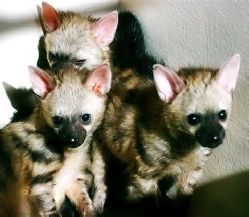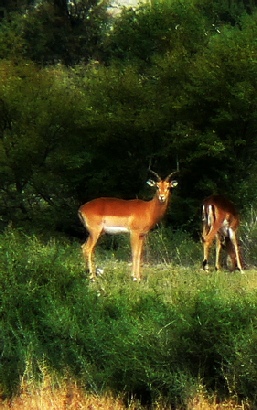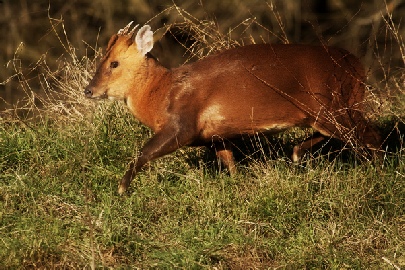Biodiversity
An important part of the Chinese Tiger Project has been the ambitious decade-
The programme has seen a substantial increase in game through reintroduction and natural species recovery. The reintroduction of a predator species such as the cheetah to the ecosystem is an important step in these restoration efforts.
The Chinese Tiger Project recognizes that the tiger, as an apex species, requires protection of its habitat and the biodiversity of its complete ecosystem.

Photo: Salomé Barrot




Biodiversity In Africa
There are several reasons, firstly large areas of land are necessary to build the infrastructure required for the project. It is hard and expensive to get large areas of land in China. However in Africa, we have been able to purchase over 300 square kilometres of land at a relatively low price and the Chinese Tiger Project benefits from appreciation that may result from the improved condition of the reserve. In China, it is not possible to purchase the land at any price, it can only be leased. The cost of the lease of suitable land in China is greater than the cost of purchasing land in South Africa. Moreover, there is no possibility for the Chinese Tiger Project to benefit from any appreciation that may result from improving the condition of the land.
Secondly, there is an abundance of wild prey animals in Africa to provide real hunting experience for the tigers. In contrast to many domestic ungulates, for example, wild antelope run so fast the tigers must be fit as well as cunning to be successful hunters. Only tigers trained with wild prey will ensure a level of fitness and skills suitable for a successful return to the wild.
Why Africa?
Thirdly, South Africa has a large resource of highly skilled wildlife managers and conservationists. They have worked with wildlife for many decades and are experienced in reintroducing and the management of wild animals. These skills and experience have also been used to train conservation officers from Chinese Nature Reserves and to instruct Chinese managers in eco-
Last, but not least, Save China’s Tigers has been working with China to set up a Pilot Reserve in China, based on the model and principles of successful African reserves. All the knowledge and skills acquired by our officers in South Africa can be used in the Chinese Tiger Pilot Reserves.

Biodiversity in China



Tigers are at the top of the food chain – so reintroducing the rewilded tigers into large protected reserves in China also means reintroducing or protecting all the other animals in the food chain. Preserving and protecting the tigers’ habitat is actually creating favourable conditions for all wild flora and fauna.
All factors must be considered when reintroducing the South China tiger into the wild in China: a survey of existing indigenous animals must be conducted, local climate, plants and grasses, water resources, existing barriers both natural and artificial, and soils assessed. Establishing reserves in areas of the South China tigers’ former habitat will also protect bears, leopards, wild pigs, antelopes, wild goats, birds and all of the biodiversity of the complete ecosystem.

The loss of biodiversity is the greatest threat to the habitability of the planet according to the Planetary Boundaries research by the Stockholm Resilience Center published in the peer reviewed science journal, Nature. The Planetary Boundaries article also suggests the main cause of biodiversity loss is land use change. Loss of habitat due to land use change is the main cause of the demise of tigers.
Creating a genetically viable population of free-

Photo: Paul Hilton



© Save China’s Tigers -

